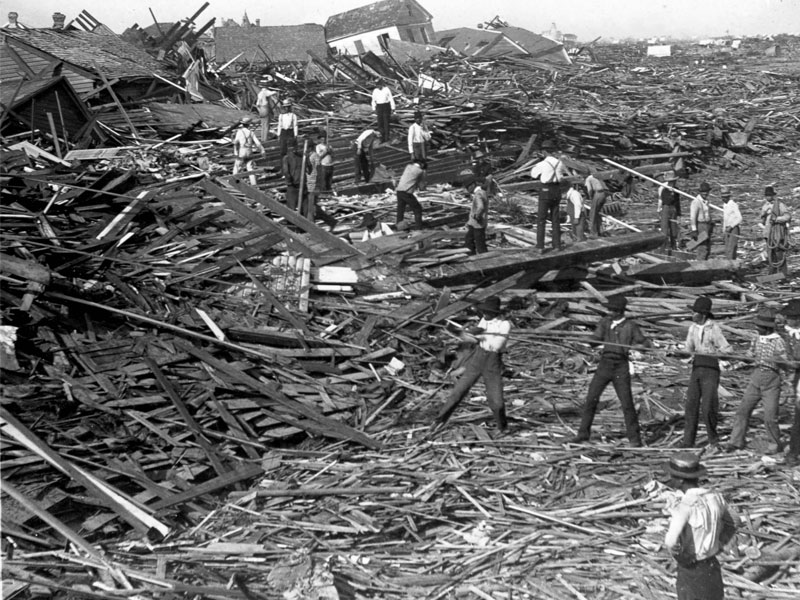The strongest superstorms in history! Let’s look back and compare with superstorm Beryl
Unprecedented Strength and Impact
The strongest superstorm in history, often referred to as a Category 5 hurricane, exhibited unprecedented strength and caused widespread devastation. With wind speeds exceeding 200 mph (320 km/h), this superstorm shattered records and left an indelible mark on meteorological history. The intensity of this storm surpassed previous benchmarks, demonstrating the formidable power of nature.
Formation and Path
The formation of the strongest superstorm in history began over the warm waters of the Atlantic Ocean. Favorable atmospheric conditions, including low wind shear and high sea surface temperatures, contributed to its rapid intensification. As the storm gained strength, it followed a path that took it through several Caribbean islands before making landfall on the mainland.
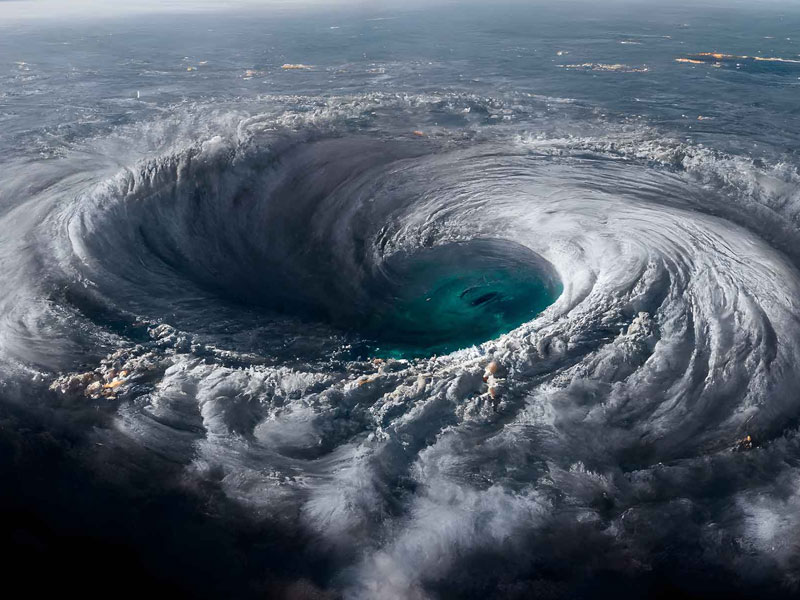
Catastrophic Damage
The impact of the strongest superstorm in history was catastrophic. Coastal communities faced severe flooding, with storm surges reaching up to 30 feet (9 meters). Entire neighborhoods were leveled, and infrastructure suffered extensive damage. The economic toll of the storm was immense, with estimated damages exceeding $100 billion. Key infrastructure, including roads, bridges, and power lines, was destroyed, and countless homes and businesses were reduced to rubble.
Humanitarian Crisis
In addition to physical destruction, the strongest superstorm in history triggered a significant humanitarian crisis. Approximately 2 million people were displaced, and essential services such as electricity, clean water, and medical care were disrupted. Relief organizations mobilized to provide aid, but the scale of the disaster posed significant challenges. Emergency shelters were overwhelmed, and the extensive damage to transportation networks hampered the distribution of food, water, and medical supplies.
The Strongest Super Storm in History: Scientific Insights
Meteorological Advancements
The strongest superstorm in history has provided valuable insights for meteorologists and climate scientists. Advanced satellite technology and improved forecasting models allowed for better tracking and predicting the storm’s trajectory. This event underscored the importance of continued investment in meteorological research and technology to enhance our ability to predict and mitigate the impacts of future storms.
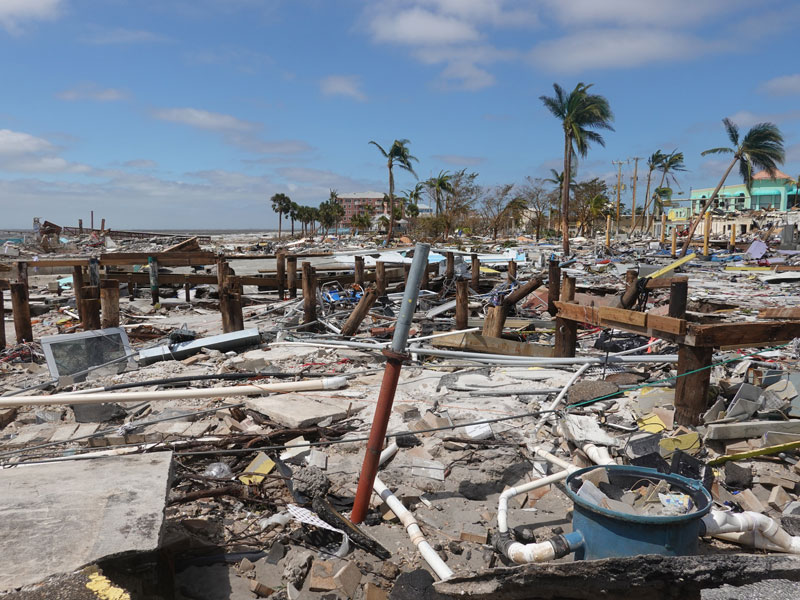
Climate Change Connection
Scientists have examined the strongest superstorm in history in the context of climate change. Rising global temperatures and increasing sea surface temperatures are believed to contribute to the frequency and intensity of such extreme weather events. The storm has sparked renewed discussions on the need for global climate action to address the underlying factors driving these phenomena.
Lessons Learned from The Strongest Super Storm in History
Preparedness and Resilience
The strongest superstorm in history highlighted the critical need for preparedness and resilience in vulnerable communities. Building stronger infrastructure, implementing early warning systems, and educating the public on emergency response measures are essential steps in mitigating the impacts of future storms.
International Cooperation
The response to the strongest superstorm in history demonstrated the importance of international cooperation in disaster relief efforts. Countries around the world provided aid, resources, and expertise to support affected regions. This event reinforced the value of global solidarity and collaboration in addressing large-scale natural disasters.
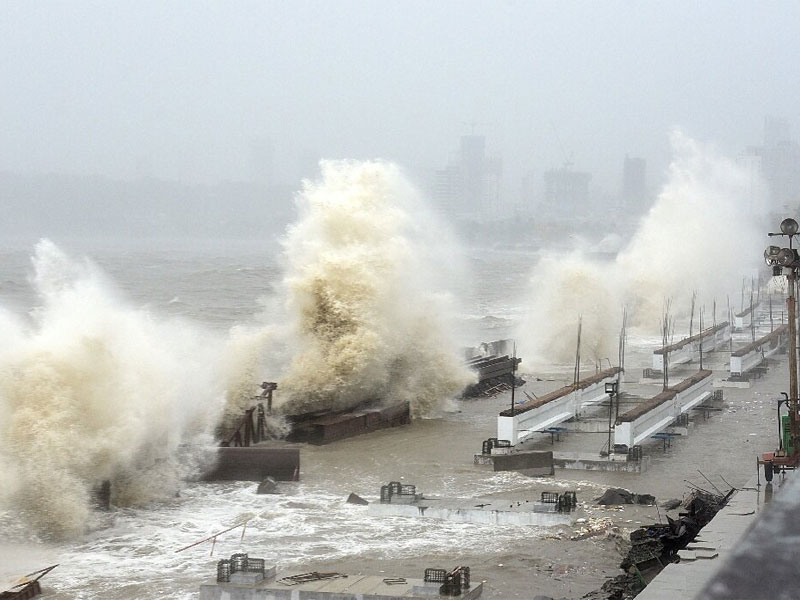
Policy and Planning
In the aftermath of the strongest superstorm in history, policymakers have been urged to prioritize climate resilience and disaster preparedness in urban planning and development. Integrating climate risk assessments into planning processes and investing in sustainable infrastructure is crucial for reducing the vulnerability of communities to future storms.
The strongest superstorm in history serves as a stark reminder of the immense power of nature and the urgent need for proactive measures to safeguard lives and property. By learning from this event and implementing lessons in preparedness, resilience, and climate action, we can better equip ourselves to face the challenges of an increasingly volatile climate.
Which places on Earth have the most storms?
Certain regions of the Earth are particularly prone to storms due to their geographical and climatic conditions. Here are some of the places with the most frequent storms:
1. The Caribbean and Gulf of Mexico
Hurricanes: These regions are notorious for their frequent and intense hurricanes, especially during the Atlantic hurricane season, which runs from June 1 to November 30.
Countries Affected: The Bahamas, Cuba, Jamaica, the Dominican Republic, Puerto Rico, and the coastal regions of the United States, including Florida, Texas, and Louisiana.

2. Southeast Asia and the Western Pacific
Typhoons: Known as typhoons in this region, these storms are similar to hurricanes and are frequent from May to November.
Countries Affected: The Philippines, Japan, China, Taiwan, Vietnam, and the Pacific Islands.
3. Indian Ocean
Cyclones: These storms occur in the Indian Ocean and can be particularly devastating in the Bay of Bengal and the Arabian Sea.
Countries Affected: India, Bangladesh, Myanmar, Sri Lanka, Madagascar, and the eastern coast of Africa.
4. Australia and the South Pacific
Cyclones: Northern Australia and the South Pacific islands experience cyclones, primarily from November to April.
Countries Affected: Australia, Papua New Guinea, Fiji, Solomon Islands, and Vanuatu.

5. United States (Tornado Alley)
Tornadoes: This region in the central United States is famous for its high frequency of tornadoes, particularly during the spring and early summer.
States Affected: Texas, Oklahoma, Kansas, Nebraska, and South Dakota.
6. East Coast of the United States
Nor’easters: These are powerful storms that occur along the East Coast, especially in the winter and early spring, bringing heavy snow, rain, and strong winds.
States Affected: The northeastern United States, including New York, New Jersey, Massachusetts, and other New England states.
7. South America (Southern Brazil and Argentina)
Subtropical Storms: These regions occasionally experience subtropical storms and cyclones, particularly during the late summer and early fall.
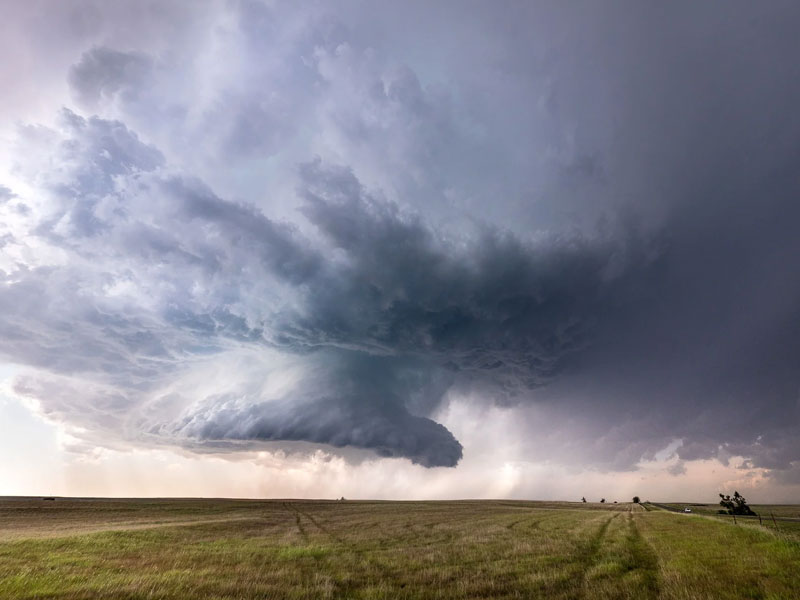
8. Western Europe
Windstorms: Western Europe, particularly the UK, Ireland, France, Germany, and the Netherlands, can experience powerful windstorms, especially during the autumn and winter months.
9. The Strongest Super Storm in History – Southern Africa
Cyclones: Mozambique and Madagascar are particularly prone to cyclones that form in the southwest Indian Ocean.
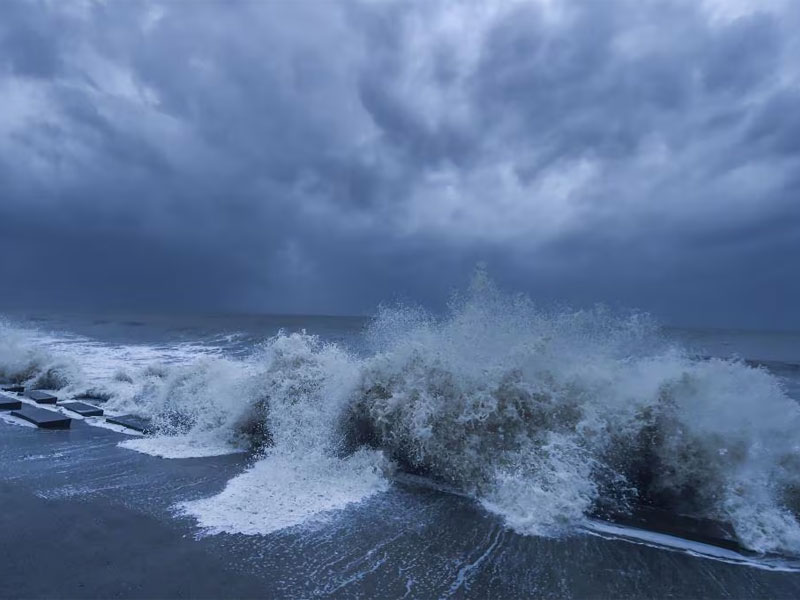
These regions are vulnerable to storms due to various factors, including ocean temperatures, atmospheric conditions, and geographical location. Preparing for and understanding the specific types of storms that affect these areas is crucial for minimizing damage and enhancing resilience.
Read more: The 10 Largest tornadoes in American history
